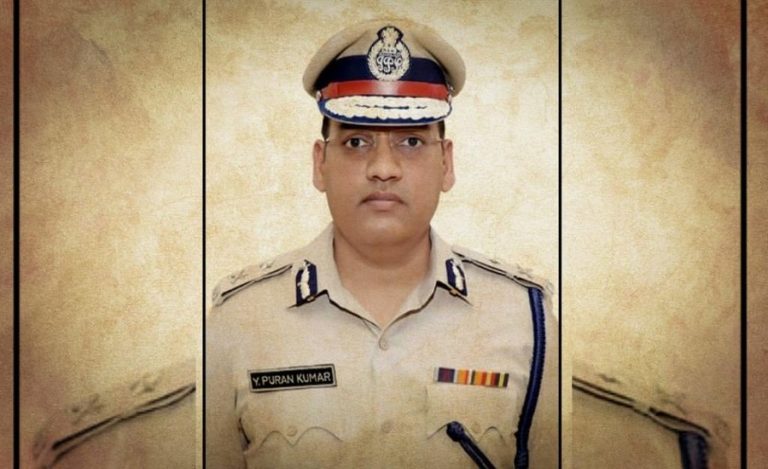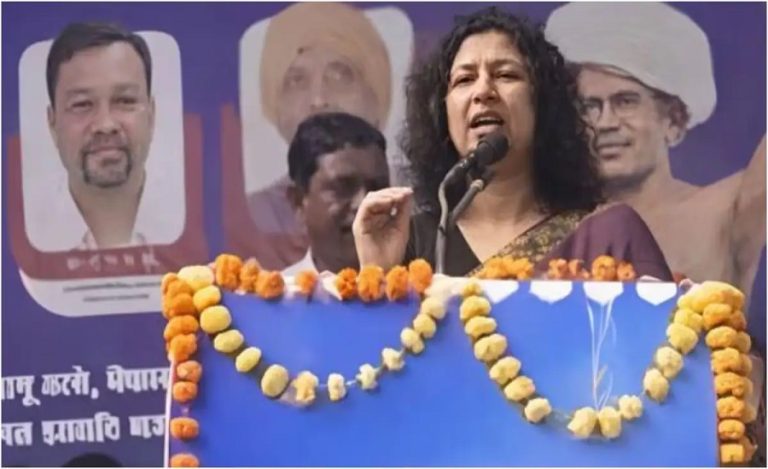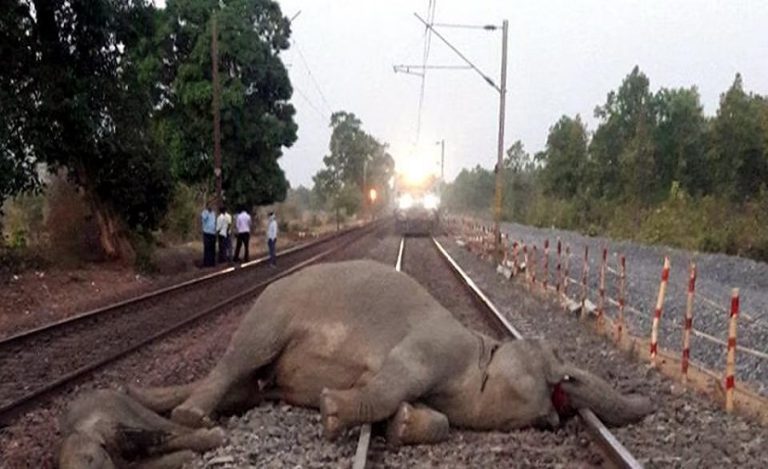New Delhi: On 8 November 2025, the Exercise Trishul was officially launched by the Ministry of Defence, Government of India as a major tri-service exercise aiming to boost integrated readiness across multiple domains.
The drill engages the Indian Army, Indian Navy and Indian Air Force in a synchronized manner to test operations involving electronic warfare, cyber, drone/anti-drone systems, intelligence, surveillance & reconnaissance (ISR), plus air defence control and reporting.
From the Thar Desert to the Kutch region and culminating with amphibious operations off the Saurashtra Coast, this exercise underscores how India is sharpening its ability to operate across land, sea and air—both in physical and virtual battlefields.
Importance of Exercise Trishul for Multi-Domain, Future-Ready Defence
- The modern battlefield is no longer just land or sea; it spans cyber, electronic warfare, drones/anti-drones, ISR, and air defence. Exercise Trishul’s emphasis on these areas shows India is aligning with that reality.
- The mantra of “Jointness, Atmanirbharta and Innovation” (JAI) has been flagged by the Army’s Southern Command as guiding this exercise’s ethos.
- By executing large-scale drills involving multiple services, terrain types and operational domains, India is reinforcing deterrence and signalling preparedness in the western theatre.
Key Highlights of Exercise Trishul
Desert Phase (Thar Sector): Under the umbrella of Trishul, formations of the Southern Command are undertaking sub-exercises such as MaruJwala and Akhand Prahaar in the Thar Desert. They are validating combined arms operations, mobility and joint fire integration under harsh, realistic conditions.
Kutch Sector & Civil-Military Fusion: In the Kutch region, units from the Army, Navy, Air Force, Coast Guard and the Border Security Force (BSF) are conducting integrated rehearsals alongside civil administration—reflecting a military-civil fusion approach to regional security.
Amphibious/Coastal Phase (Saurashtra Coast): The final phase will see a major amphibious exercise off the Saurashtra Coast involving beach landings by the Southern Command’s amphibious forces, validating land-sea-air synergy and power projection into littoral zones.
- Multi-Domain Focus
- The exercise explicitly covers:
- Electronic warfare
- Cyber operations
- Drone & counter-drone warfare
- ISR (Intelligence, Surveillance & Reconnaissance)
- Air defence control & reporting
This multi-domain orientation is central to India’s future war-fighting posture.
Face Behind The Exercise Trishul
Lieutenant General Dhiraj Seth, PVSM, AVSM — General Officer Commanding-in-Chief, Southern Command is the major face behind the exercise Trishul.
- He took over the command of the Pune-based Southern Command (Indian Army) on 1 July 2024.
- Commissioned into the 2nd Lancers (Gardner’s Horse) on 20 Dec 1986.
- Alumnus of the National Defence Academy, Khadakwasla and the Indian Military Academy, Dehradun. Also a graduate of the Defence Services Staff College (Best all-round student) and the Army War College, Mhow.
- Has held several key appointments including command of XXI Corps, Delhi Area, and South Western Command prior to his present role.
- His leadership of Exercise Trishul by Southern Command emphasizes the importance his formation attaches to seamless joint operations and full-spectrum readiness.
Broader Implications for India’s Defence Strategy
Exercise Trishul acts as a test-bed for the Army’s “Decade of Transformation” initiative aimed at modernising systems, restructuring forces, integrating services and improving human resource skills.
- The exercise showcases how India is moving towards self-reliance (Atmanirbharta) in defence capability while embracing innovation and jointness.
- By covering desert, coastal and maritime domains coupled with cyber and electronic warfare, India is signalling operational readiness in both traditional and emerging threat spheres.
- The integration of civil administration and multiple agencies in the drill underlines a holistic national-security model rather than isolated service silos.



























